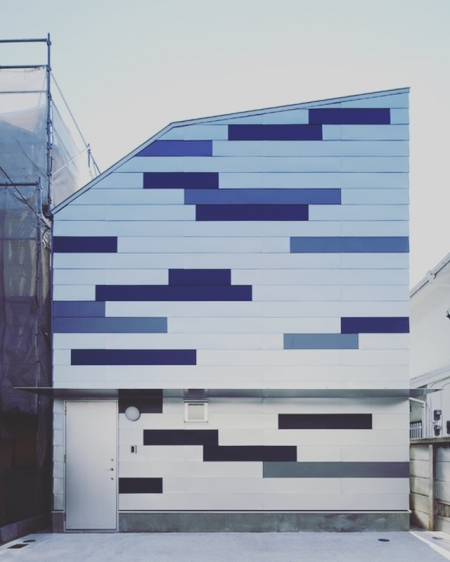空間=装飾
空間と機能が切り離せないならば、空間がどうなれば機能と切り離すことができるかと考えてみる。そうなると、空間又は建築と関連性があり、尚且つ、機能とは関連性が無いことを探してみる。ひとつ思い浮かんだのが「装飾」、装飾ならば空間又は建築と関連性があり、尚且つ、機能とは関連性が無いとすることができる。
装飾と機能ならば切り離すことができる、そうすると、空間=装飾として扱えば良くなる。
装飾は本来、元があっての付加物のように考えてしまうので、装飾そのものが空間になるようなイメージが湧きにくいが、例えば、コルビュジエ のロンシャンは装飾そのものが空間を成していると言えなくもないような気がし、その空間がたまたま教会だったと、勝手な解釈をしても許されそうな気がする。ならば、装飾そのものが空間になるようなイメージもできなくはない。
装飾ならば、機能性どころか、建築計画学的な効率性からも離れることができるかもしれない。次は装飾の内容について考察してみる。
"Space = decoration"
If space and function cannot be separated, think about how space can be separated from function. Then, look for something that is relevant to space or architecture, but not functional. One thing that came to mind was "decoration". If it was a decoration, it could be related to space or architecture, and not related to function.
If decoration and function can be separated, then it can be treated as space = decoration.
Originally, decoration is considered as an addition to the original, so it is difficult to imagine that the decoration itself is a space.For example, Corbusier's Longchamp can be said that the decoration itself forms a space. I feel like there is no end, and if the space happened to be a church, I feel it would be forgiven even if I interpreted it without permission. Then, it is not impossible to imagine the decoration itself as a space.
With decoration, it may be possible to move away from functionality as well as architectural efficiency. Next, let's consider the contents of the decoration.

